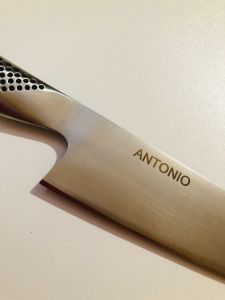Language
WORLDWIDE SHIPPING
Complete case with 8 knives Tecna Series by Sanelli Ambrogio and Accessories
€339.00
€277.87
Availability:
In stock
Spacious case by Sanelli Ambrogio is equipped with 8 knives from the Tecna Series, 2 stainless steel tongs, 1 pair of scissors and a 3-time timer. The Tecna Series knives by Sanelli Ambrogio, blades in stainless steel with chrome, molybdenum and vanadium X50CrMoV15.
The handle is made of an internal core in rigid and non-deformable plastic material, joined with maximum safety to the steel tang, and a softer external coating in thermoplastic rubber.
The surface in contact with the hand is covered with microspheres that allow exceptional comfort and incredible anti-slip properties.
In the case you will find:
• Vegetable knife (7 cm blade, green handle): ideal for small cuts and precision work on vegetables and fruit. (TT91.007G)
• Paring knife (11 cm blade, green handle): perfect for peeling, finishing and decorating with extreme precision. (TT82.011G)
• Serrated Utility Knife (14cm Blade, Green Handle): Great for bread, tomatoes and foods with tough crusts or skins. (TT90014G)
• Narrow Boning Knife (16cm Blade, Red Handle): Specially designed to easily separate meat from bone. (TD12016R)
• Flexible Filleting Knife (18cm Blade, Blue Handle): The thin, flexible blade ensures precise filleting of fish and delicate meats. (TC51.018L)
• Hollow Blade Santoku Knife (18cm Blade, Green Handle): The ideal choice for slicing, chopping and mincing; the hollows prevent food from sticking to the blade. (TC50018G)
• French Knives (24cm Blade, Red Handle) Suitable for a wide range of cuts, from meat. (TM09024R)
• Chef's carving knife (28 cm blade, green handle): Powerful and precise, perfect for large cuts and important work. (TC49.028G)
• Stainless steel tongs total length cm. 31
• Fish deboning tongs total length cm. 13
• Three-time timer, simultaneous operation possible. Clock setting. Chronometer with 1:100 seconds. Hours/minutes/seconds display Maximum 19 hours, 59 minutes and 59 seconds. Memory function. With magnet or table stand Dimensions 103x20x121 mm.
The case has closed dimensions 51x21 cm, open dimensions 92x51 cm.
FAQs

 IT
IT FR
FR
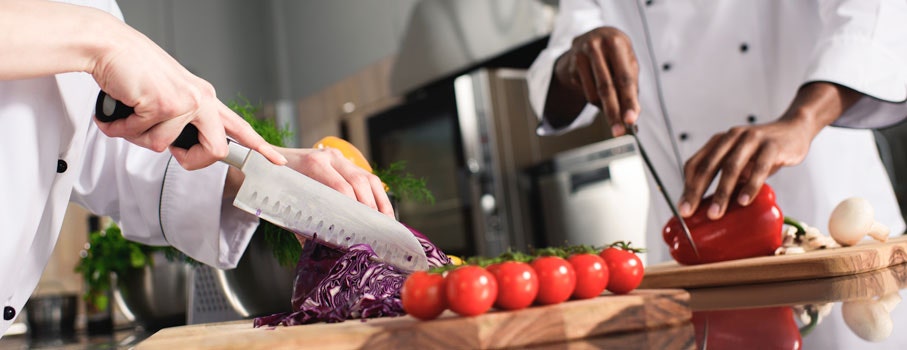
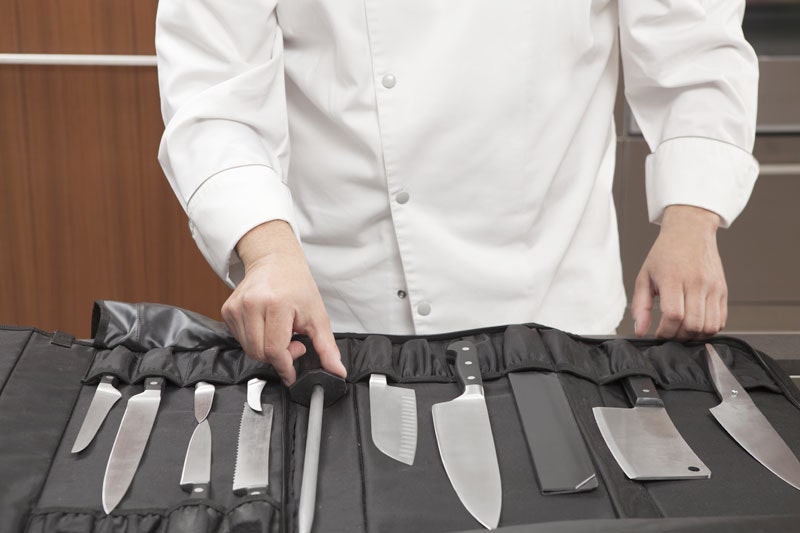
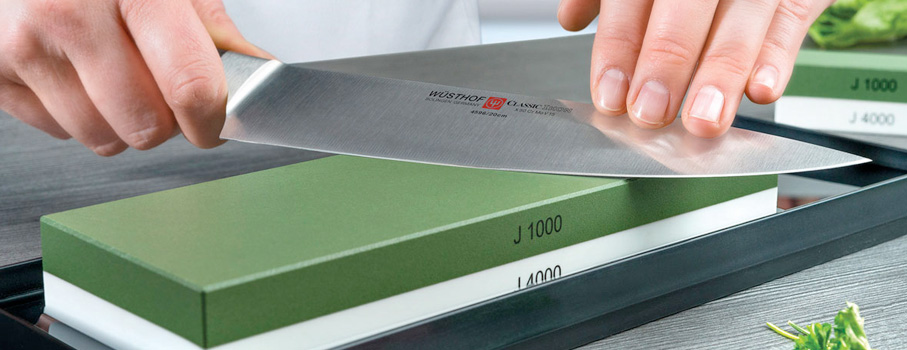
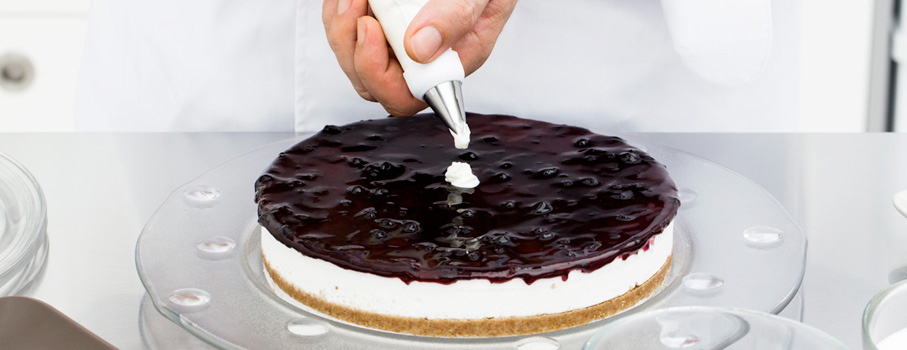

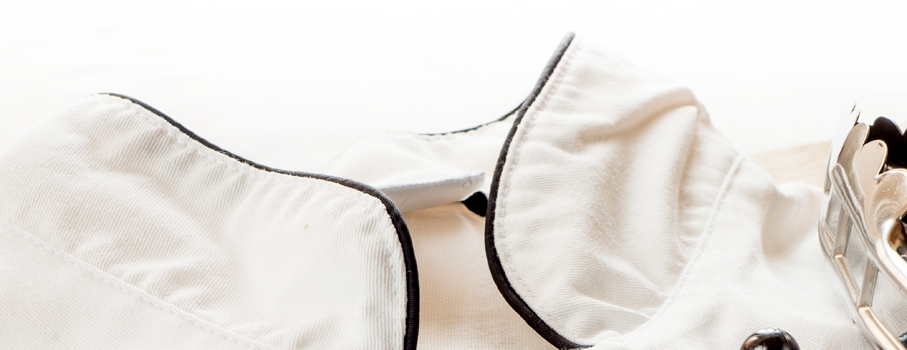
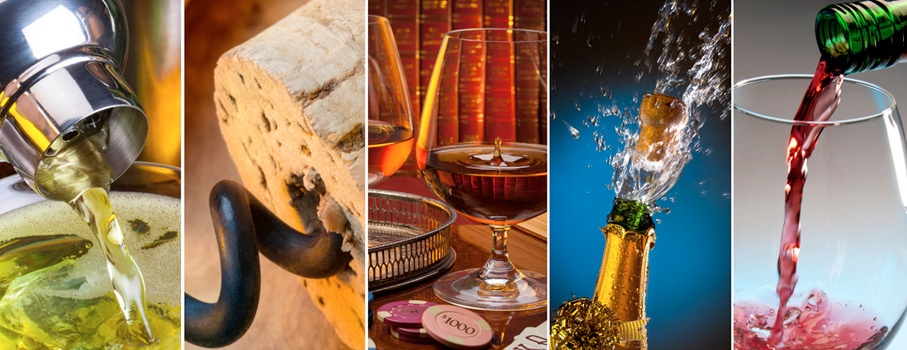
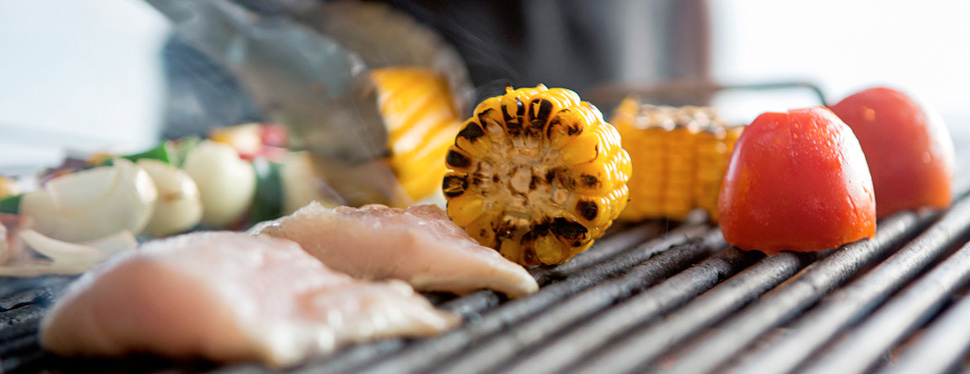

 IT
IT FR
FR
